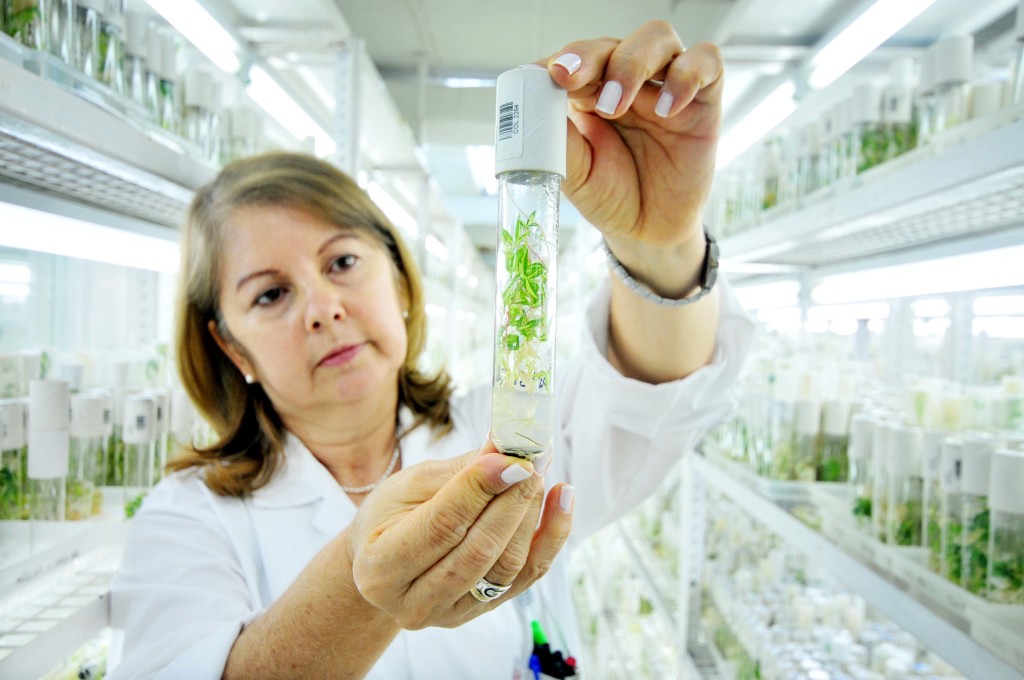What is Flexible Leadership Being flexible is the capability of readily changing (Merriam-Webster, n.d.)1. In…
Hybrid Seeds vs. GMOs
*Image Source: Wikipedia
Through the years, plant breeding played an integral part in the agricultural production and biodiversity.
It all started with heirloom seeds or seeds from plants that is not genetically modified for at least 30-40 years. These seeds are produced as a result of open –pollination wherein insects like butterflies and bees cross-pollinate plants. In this method, plants are nutritious, genetically diverse, and adaptable to local growing conditions and climate. You can also save the seeds for the next planting season.
However, this method has lesser yields because it takes time for the plant to germinate, grow and produce fruits and flowers. It also takes 6-10 generations before developing a new plant variety. Because of this, farmers and scientists looked for alternative ways to speed up the process. Thus, hybrids and GMOs were born.
Hybrids and GMOs are often interchanged or considered the same. Although they have similarities (both are genetically modified), they still have differences.
For instance, hybrids are plant varieties developed through a specific and controlled cross-breeding of two plants from the same species.
Charles Darwin, an English naturalist and Gregor Medel, founder of the modern science of genetics, discovered a method of controlled crossing that can create these desired traits within just one generation in the mid-nineteenth century. These are called F1 hybrid.
It is said that hybrid varieties are just as natural as open-pollinated varieties. The difference is pollination is done by humans, not by pollinators like wind and insects. Both varieties are created by cross-pollinating two plants from the same species.
However, most hybrid seeds are bred to resist pests and diseases and to tolerate drought. They will not grow well in organic conditions. In fact, using hybrid seeds reduce genetic diversity, which can make the entire crop more susceptible to pests and diseases.
Another disadvantage is the disrupted cycle of traditional seed saving. F1 hybrids will yield the desired results in the first generation, but will not produce uniformed offspring afterwards. The second generation usually has a very random mix of the parents’ DNA. So if you want to achieve the same results, you have to throw away the seeds and purchase new ones every planting season and the costs of these seeds are quite expensive.
On the other hand, GMOs are genetically modified varieties produced in a lab using high-tech and sophisticated techniques like gene splicing or the process of inserting genes from one species to another to achieve a desired trait. What does it mean?
Let’s use corns as an example. Hybrids are used by combining two corns as parent plants. GMOs are crossing different biological kingdoms. In this case, some corns are cross-pollinated with a certain type of bacteria to create a pest resistant tomato.
Monsanto has successfully created this corn variety when they inserted a type of bacteria known as Bt (Bacillus thuringiensis). Since the bacteria is already part every cell of the plant, the pest will die once they consume the corn.
So whenever you feed GMOs to your cattle or chicken including humans, you are actually feeding them with pesticides.
Biotech companies assured that Bt will break down during digestion. However, there are some reports saying that, although it is harmless, there was Bt toxin found in human blood and gut lining.
Since there is no concrete scientific proof that GMOs are bad for the health, GMOs are still in circulation. In fact, roughly 85% of all grocery store foods contain GMOs in the US. Despite the scientific community’s effort to try to conduct a study verifying these claims, they are going nowhere as of the moment due to these factors:
- GMO seeds are patented (meaning biotech firms who produced these seeds will be the only distributor)
- GMO seeds are “substantially equivalent” to other seeds so they are not labeled, tested, or otherwise regulated.
In conclusion, open-pollinated varieties are the safest option in terms of nutrition and health. However, we cannot deny that our food is already saturated with hybrids and GMOs. So if we have to choose between the two, hybrids are the better choice. Here are some ways you do to avoid GMOs according to foodrenegade.com:
- Choose a single-ingredient certified organic food
- Opt for Non-GMO Verified labeled foods
- Grow your own open-pollinated, heirloom variety plants
- Get to know your farmer and asked about his or her farming practices. It is better to support GMO-free, organic varieties.




